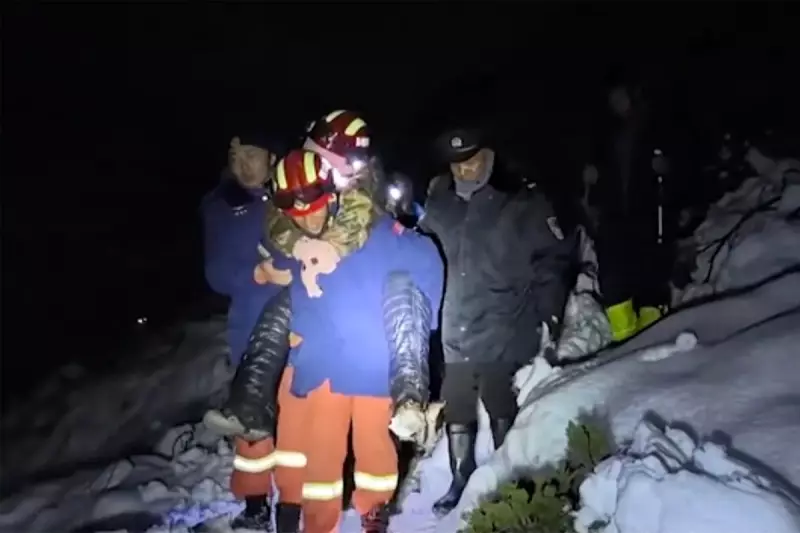
A dramatic high-altitude rescue operation unfolded on the world's highest peak this week as multiple climbers were saved from the grips of a ferocious, unexpected blizzard on Mount Everest.
The Storm That Struck Without Warning
According to eyewitness accounts and expedition leaders, a sudden and violent snowstorm descended upon the mountain's treacherous slopes, trapping several mountaineers at critically high altitudes. The tempest struck with little warning, creating white-out conditions and plunging temperatures to life-threatening levels.
Heroic Rescue Efforts in the Death Zone
Rescue teams comprising experienced Sherpa guides and fellow climbers launched a daring operation in what mountaineers call the "death zone" - altitudes above 8,000 metres where the human body cannot acclimatise and begins to deteriorate rapidly.
"The conditions were absolutely brutal," one expedition organiser reported. "We had climbers stranded at elevations where every minute counts against survival."
Multiple Climbers Saved From Certain Death
While specific numbers remain unconfirmed, multiple sources indicate that several climbers were successfully extracted from the mountain's upper reaches. The rescue required extraordinary coordination between various expedition teams and local authorities.
The operation highlights the ever-present dangers of high-altitude mountaineering, even during what many consider the prime climbing season in the Himalayas.
Mount Everest's Growing Safety Concerns
This incident adds to growing concerns about safety management on Everest, which has seen increasing numbers of climbers in recent years. Experts have repeatedly warned about overcrowding and the risks it poses during emergency situations.
"When weather turns bad on Everest, there's nowhere to hide," noted a veteran Himalayan climber. "This rescue demonstrates both the incredible bravery of the mountain community and the inherent vulnerabilities at extreme altitudes."
The successful operation stands as a testament to the mountaineering community's ability to rally in crisis, though it serves as a stark reminder of nature's ultimate authority over the world's highest peaks.





